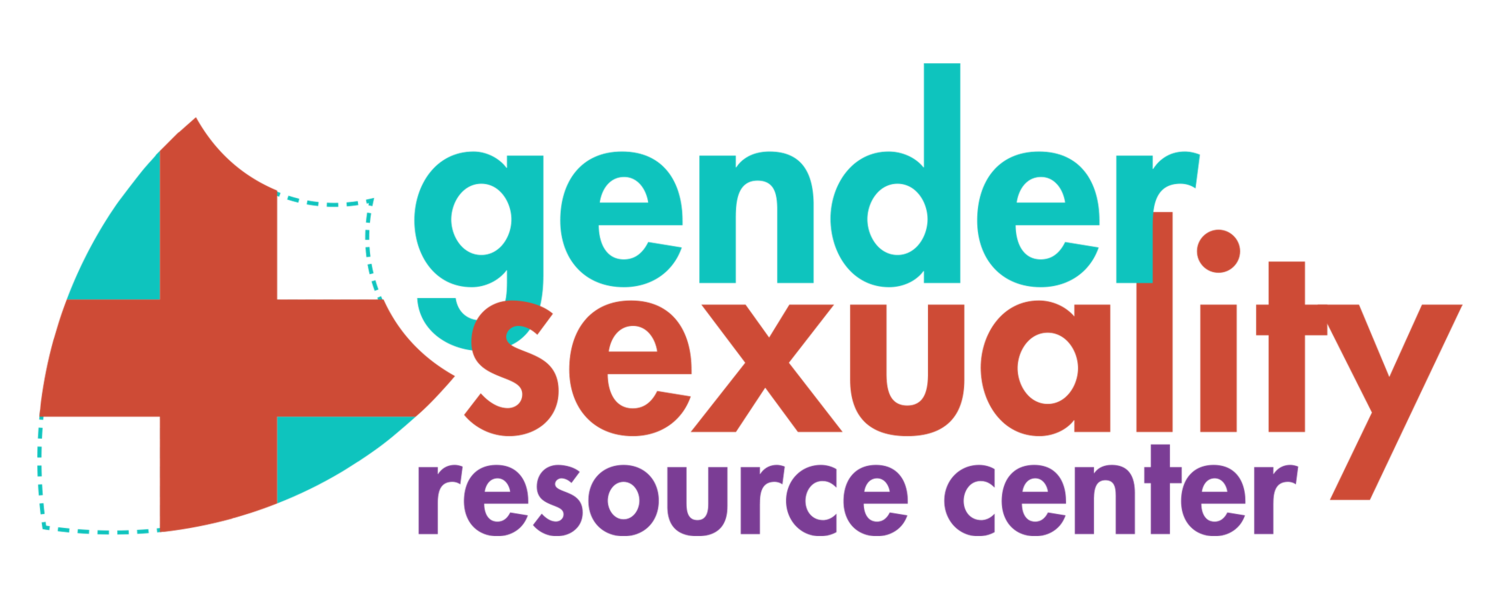Understanding Pronoun Use and Inclusion!
Pronouns are an important aspect of one’s gender identity. According to includr.org:
“A pronoun is a word that replaces a noun and can be used to refer to a person. Gender pronouns are a set of third-person pronouns that communicate an individual’s gender identity. Traditionally, the feminine and masculine pronouns “she/her/hers” and “he/him/his” have dominated the English language. However, as long-deferred conversations about gender expression and identity continue to be initiated, people are becoming more mindful of the pronouns they use and are open to exploring gender-neutral alternatives. When sharing one’s gender pronouns, an individual typically states their subject, object, and possessive pronouns—for instance, “they/them/theirs,” “she/her/hers,” or “he/him/his.” Gender pronouns are a useful tool for promoting inclusion because they create an opportunity for individuals to share their gender identity with their peers.” (Cate Spirgel, includr.org)
Pronouns can and do validate someone’s identity. When it comes to people who are from gender diverse communities – correct pronoun usage not only affirms a person’s identity but also can create a safe and welcoming environment. The usage of correct name and pronouns is shown to reduce suicidal ideation with transgender youth. Please use this helpful guide from mypronouns.org to understand how and why these are so crucial.
Question: “What are the different pronouns I could use?”
Here is a helpful infographic created by the staff of the GSRC to help you understand and use different pronouns. As a note; this is not all encompassing, rather a guide for you to practice and utilize pronouns.
Question: “If I don’t personally know someone, how can I know their pronouns?”
The truth is, if we do not know someone, we don’t know their pronouns universally. Sometimes, assumptions are made by someone’s outward gender expression (see guide on gender, sex, and sexuality). If someone is, for example, is assumed to be AMAB (assigned male at birth), is wearing clothes purchased from the “men’s” section of a clothing store, has a beard, and other social expressions of masculine, we are taught to assume he/him/his” are the correct pronouns. From mypronouns.org “Often, people make assumptions about the gender of another person based on the person’s appearance or name. These assumptions aren’t always correct, and the act of making an assumption (even if correct) sends a potentially harmful message -- that people have to look a certain way to demonstrate the gender that they are or are not.”
The best way to know anyone’s pronouns is to ask! Ask and ask often. Create a space where knowing someone’s personal pronouns is important and valued.
Don’t assume anyone’s pronouns
If you know someone’s name and do not know pronouns, use their name! It may feel strange at first but it is important to practice
Introduce yourself with your name and pronouns; even in groups or spaces you are familiar with. If someone is trying new pronouns it will be important to give space for that to be shared.
When someone shares their pronouns – make it a priority to use and acknowledge them.
Don’t require others to share their pronouns. This can potentially be a mechanism out ‘outing.’ Creating a space for others to share, and sharing your own, fosters an environment where folks can feel comfortable to share their pronouns, without being forced to do so.
Question: “I messed up someone’s pronouns, how can I correct myself?”
Realizing in the moment that you have incorrectly identified someone’s pronouns. Knowing that this is harmful and correcting is key. Use the correct pronouns immediately and continuing talking. It is important to:
Not drawing attention to your feelings in the moment because that could cause more harm or shifts the responsibility of accountability
Make sure you have established an environment for feedback and dialogue. If the person harmed needs to follow up; cultivating a space where that can happen will be crucial.
There is a helpful guide here that can walk you through several examples. It is important to know how to be accountable in the moment and after; and what you need to do better.
Exercise: Read a newspaper article and for every time someone’s pronouns are used, use their name. It is important to practice and recognize how often and how much pronouns are used in day-to-day conversations. Reading and pointing out this usage will help us prioritize the importance of pronouns and be more intentional with their usage.
Homework: Read books such as “How to They/them” by Stuart Getty.


